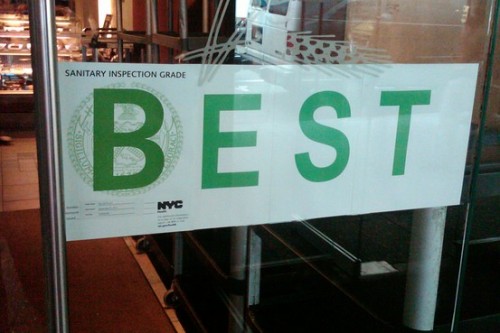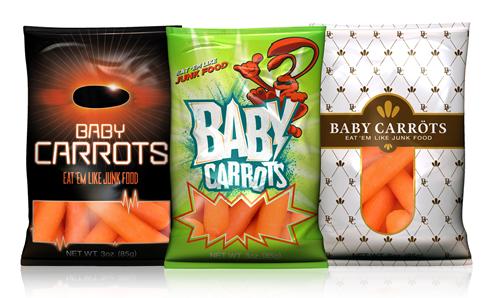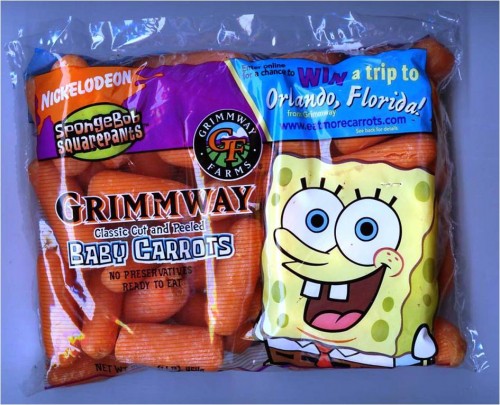The Corn Refiners Association is asking the FDA to allow a change in the name of their embattled sweetener from High Fructose Corn Syrup (HFCS) to Corn Sugar.
Of course they want this change. HFCS is the new trans fat. Everyone thinks HFCS is poison.
For the record once again, HFCS is not poison. It is just a mixture of glucose and fructose in almost the same proportions as table sugar, sucrose.
Mind you, I am not fond of the idea that Americans use 60 pounds of corn sweeteners per capita per year and another 60 pounds of table sugar, and I am not particularly eager to help the Corn Refiners sell more of their stuff.
But you can understand the Corn Refiners’ pain: food companies are getting rid of HFCS as fast as they can and replacing it with table sugar.
This move is driven not only by bad press, but also by the fact that the price differential has all but disappeared. HFCS started out at one-third the cost of table sugar. Growing corn to make alcohol changed all that.
Let’s give the Corn Refiners credit for calling a sugar a sugar. I would prefer Corn Sugars (plural) to indicate that it is a mixture of glucose and fructose. But as long as they don’t call it “natural,” the change is OK with me.
But I’m wondering if it’s too late. Maybe anything with the word “corn” in it will be enough to turn people off? According to the Associated Press, the Corn Refiners are already using Corn Sugar in their advertising, so we will soon find out.
Your thoughts?
Additional historical note: Thanks to a reader, candyprofessor.com, who is evidently a fount of information about such things, for this enlightening tidbit:
In the early 1900s, what we call “corn syrup” was sold as “glucose,” the chemical name for the type of sugar derived from corn starches. Food reformers pointed to the “glucose” in candy and claimed that candy was poisoned with “glue.” So the corn producers lobbied to have “glucose” renamed “corn syrup.” Sounds like we’re coming around again full circle…now “corn syrup” is poison!
Updates, September 15: Tara Parker-Pope writes about this in the New York Times (and quotes me). So does Michele Simon on her blog. As usual, Simon says it like it is:
As a result of this demonizing, we are now in the ridiculous situation where food companies are falling over each other to remove HFCS from their products, slap on a natural label, and get brownie points for helping Americans eat better….Only Big Food would find a way to make a product full of refined white sugar (which at one time was also demonized) seem like a healthy alternative. It’s like I always say, the food industry is very good at taking criticism and turning it into a marketing opportunity.
How, I wonder, will the Corn Refiners manage this one? Not so easily, judging from readers’ comments.
Update, September 16: Fo0dNavigator.com reports that more than half of Americans surveyed will not buy products with HFCS. Market researchers are advising food companies to get rid of it.






